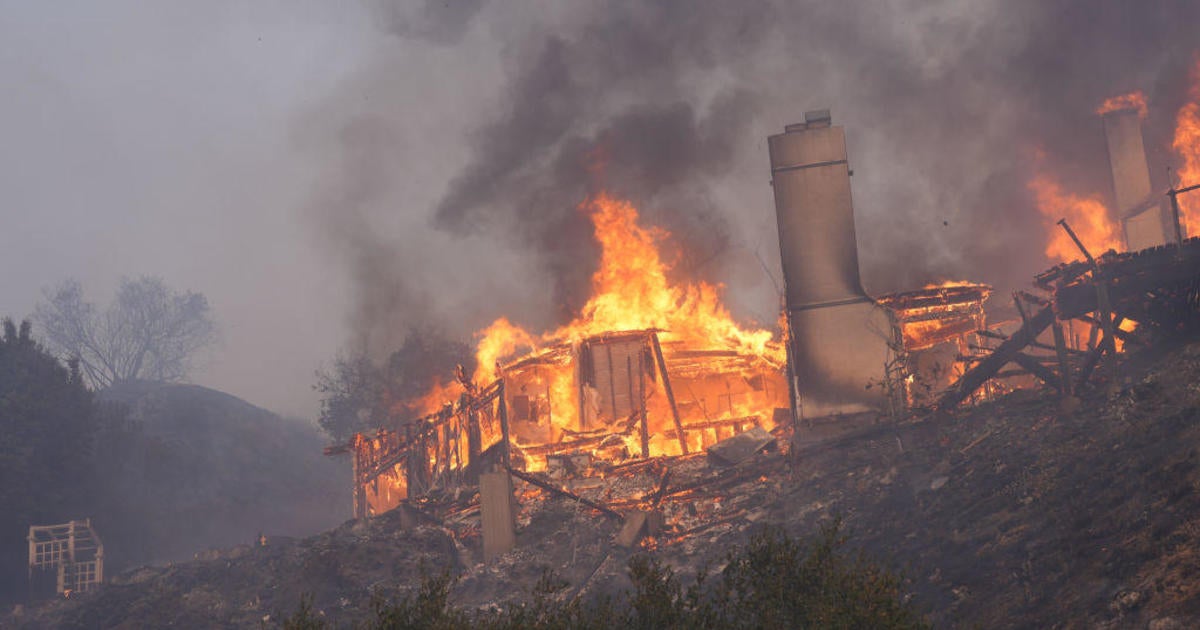Are You Living in a Wildfire Zone? The Shocking Truth About America's Burning Risk!
Wildfires are no longer a distant threat; they're a rapidly growing danger across the United States, leaving communities devastated and lives shattered. Fueled by climate change and dry conditions, these infernos are intensifying, threatening not just the West Coast, but also unexpected regions across the country. This article will delve into the heart of this crisis, revealing which areas face the highest risk and what steps you can take to protect yourself and your property. Prepare to be shocked – your home may be in danger!
The Unexpected Places at Risk: Wildfire's Expanding Footprint
It's easy to assume California bears the brunt of wildfire damage, but the reality is far more alarming. Recent data reveals an escalating risk across the nation. From the seemingly safe suburbs of the East Coast to the plains states, entire communities are now staring down the barrel of potential catastrophe. While California remains a critical area, states like Colorado, Wyoming, Arizona, and parts of the Texas and Florida panhandles face strikingly similar probabilities.
Beyond California: A National Emergency
The misconception that wildfires are primarily a western problem is a dangerous one. Climate change is altering weather patterns, resulting in prolonged dry seasons and unpredictable, intense rainfall, turning once-safe areas into wildfire havens. This unpredictable and volatile climate shift affects a greater portion of the US than previously understood.
The First Street Foundation, a leading non-profit organization providing climate-related property risk analysis, is actively sounding alarms. Their extensive analysis reveals startling figures regarding the risk of property damage from wildfires over the next 30 years. For example, many properties in Wyoming and Colorado may face significant risk levels. Millions of families and homeowners stand at increased risk for property loss, displacement, and financial hardship if they are not proactively planning.
Understanding Your Risk: Tools and Resources
Navigating the wildfire risk landscape requires actionable information. Fortunately, numerous resources can help you assess and understand the danger your home and family face. We strongly encourage you to utilize those resources so you can prepare.
Assessing Your Local Risk
Federal Emergency Management Agency's (FEMA) National Risk Index provides a comprehensive overview of disaster risks, including wildfires, across different communities and regions within the USA. By simply typing your zipcode, one can quickly obtain valuable insight into the vulnerability of the home and neighborhood. Other online resources, like those mentioned earlier, include data visualizations showing detailed maps of wildfire-risk areas across the country, allowing for hyperlocal examination and risk assessment.
Proactive Steps for Protection
Don't wait for disaster to strike. Understanding your risk level is the first step toward effective preparation and mitigation. From clearing defensible space around your home to investing in fire-resistant landscaping, you can proactively protect your property from wildfire hazards. Additionally, purchasing and maintaining adequate insurance coverage can lessen the severity of potential economic losses.
The Role of Climate Change and Human Activity
Climate change acts as a major accelerant, fueling the intensity and frequency of wildfires. Simultaneously, human activities contribute significantly to wildfire ignitions. Understanding the interconnectedness of these factors is vital to curbing the devastating impact of these catastrophic events.
Climate Change: A Catalyst for Disaster
The changing climate intensifies wildfire risks via longer, drier summers and fiercer wind patterns. These conditions create an optimal breeding ground for larger and more destructive wildfires, particularly across areas of the US not traditionally prone to this threat. The shifting weather patterns have left communities less equipped to respond, often increasing casualties as the events are more severe and sudden.
Human Impact: A Critical Factor
Human activities often act as the trigger for wildfires. Whether it's accidental sparks from equipment, discarded cigarettes, or even intentional acts of arson, the results can be devastating. Many fires originate within wildland-urban interfaces — the regions where urban areas border or intermingle with forested or wilderness landscapes.
Preparing for the Inevitable: Practical Steps to Take
The most critical step is proactive planning, involving various protective strategies that involve your property, finances, and the broader community. Preparing for a wildfire isn't a sign of panic; it's a demonstration of responsibility and preparedness.
Individual Preparedness: Protection Starts at Home
From developing a comprehensive wildfire evacuation plan to installing fire-resistant exterior components on your house, homeowners must initiate a list of proactive protective strategies. These include creating and regularly maintaining a defensible space that minimizes wildfire risks to the property by keeping combustibles away from the structure. Create a disaster supply kit and ensure everyone in the family understands its contents and location, as well as the wildfire evacuation plan. Furthermore, ensure appropriate home insurance to protect yourself against property damage.
Community Resilience: Collective Effort
Community preparedness should be at the forefront. This includes collaborative engagement in projects like wildfire risk reduction efforts such as controlled burns within or near the local community to diminish naturally accumulated combustible materials and thus decrease the overall community's vulnerability to devastating wildfire events. Participating in community-organized drills and educational initiatives are additional examples of protective strategies.
Take Away Points
Wildfires are a rapidly increasing threat across the United States, requiring proactive planning and mitigation strategies at the individual and community levels. Understanding your specific risk, leveraging available resources, and taking preventative measures is critical to safeguarding your property and community.




